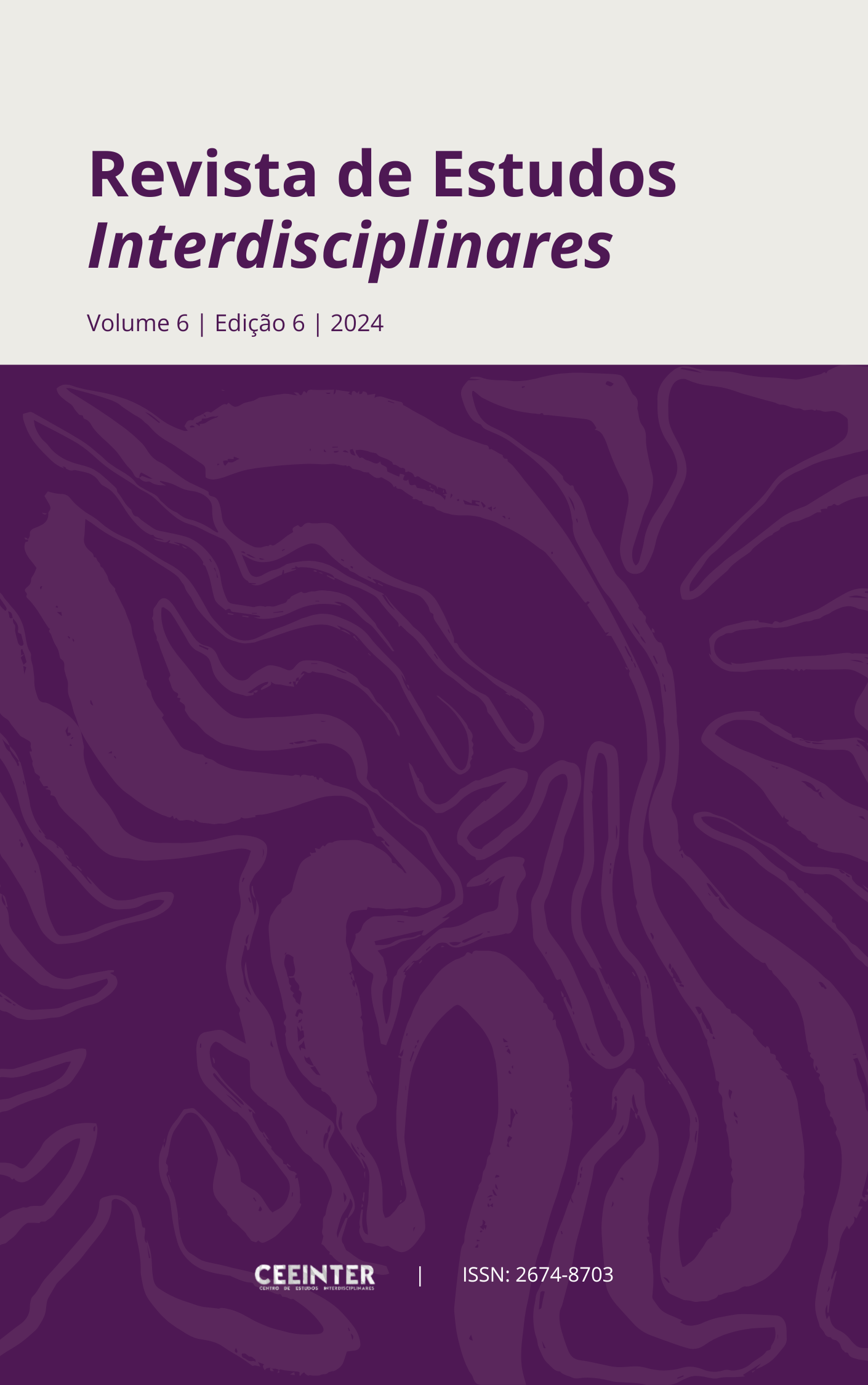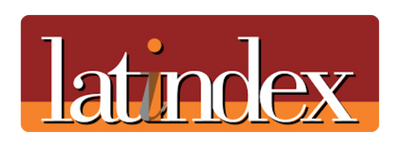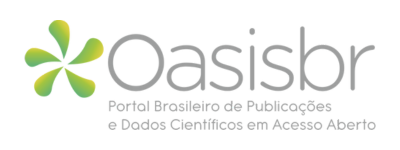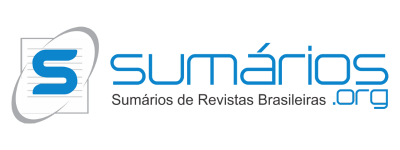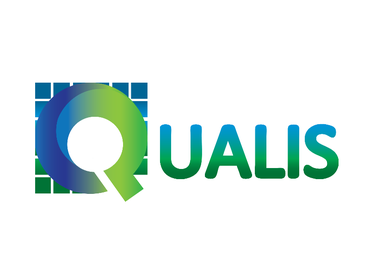ATOMIC ANIMATION
DISCOVERING THE ANIMATION CREATION PROCESS WITH ARTIFICIAL INTELLIGENCE
Visualizações: 195DOI:
https://doi.org/10.56579/rei.v6i6.1293Keywords:
Film, Book, Artificial IntelligenceAbstract
This article describes the process of developing an educational animated film using two artificial intelligences (AI): Eleven Labs and Adobe Express. The film was based on the children's book entitled "The Others Are Us", which was prepared as part of a master's thesis by the author with the aim of promoting the understanding of chemical concepts, especially about radiation, in educational teaching.The book "The Others Are Us" was designed following the three axes proposed by Káplun for the creation of teaching materials: the content axis (which aims to transmit information), the subject axis (which takes into account the characteristics and needs of students ) and the axis of organization (which defines the structure and sequence of the material). The work seeks to make learning complex chemistry concepts more accessible and engaging for students, using a narrative and playful approach.In the process of adapting to the animation format, AI Eleven Labs and Adobe Express played crucial roles. Eleven Labs was used to assist in script creation and dialogue generation, while Adobe Express contributed to the production of visual elements and animations. The combination of these technologies allowed the creation of a high-quality animated film, with solid and visually attractive educational content.The end result is an innovative educational resource that uses the advantages of AI to make chemistry learning more dynamic and engaging. The animated film based on the book "The Others Are Us" represents a new approach to teaching science, effectively integrating technology and storytelling to stimulate student interest and understanding.
Downloads
References
ADOBE EXPRESS. Disponível em: https://express.adobe.com. Acesso em: 18 dez. 2024.
ONZE LABORATÓRIOS.Disponível em: https://onzelaboratorios.com.br. Acesso em: 18 dez. 2024.
CANVA. Disponível em: https://www.canva.com. Acesso em: 18 dez. 2024.
CAMPOS, L. C. de S.Cinema e Educação na construção da identidade: a partir dos discursos do cotidiano escolar. AVANÇA | CINEMA, 24 dez. 2020. Disponível em: https://avancacinema.com.br. Acesso em: 18 dez. 2024. DOI: https://doi.org/10.37390/ac.v0i0.59
FREIRE, Paulo; GUIMARÃES, Sérgio. Educar com a mídia: novos diálogos sobre educação. 1. ed. São Paulo: Paz e Terra, 2011 [1984].
KAPLÚN, G.Material educativo: a experiência de aprendizagem. Comunicação & Educação, São Paulo, v. 27, p. 46-60, maio/ago. 2003. DOI: https://doi.org/10.11606/issn.2316-9125.v0i27p46-60
LEE, Kai Fu. Superpoderes da IA: China, Vale do Silício e a nova ordem mundial. SL: Mariner Books, 2019.
PIXABAY. Disponível em: https://www.pixabay.com. Acesso em: 18 dez. 2024.
RUSSELL, Stuart. Inteligência artificial a nosso favor: como manter o controle sobre a tecnologia. 1. ed. [S.l.]: Companhia das Letras, 2021.
RUSSELL, Stuart J. et al. Inteligência artificial: uma abordagem moderna. Madri: Pearson Educación, 2011.
SANTOS, Michele Batista dos; CRUZ, Isabella Maria Buoro da; VERASZTO, Estéfano Visconde. Ensino de ciências da natureza e matemática para deficientes visuais: um levantamento bibliográfico dos últimos quinze anos. In: EVENTO DE EDUCAÇÃO EM QUÍMICA - EVEQ, 17., 2019, Araraquara. Anais.... Araraquara: EVEQ, 2019. p. 1-10.
SANTOS, Michele Batista dos. Os outros somos nós: cordel e elaboração de livro paradidático de química para pessoas com deficiência visual. 2021. 129 p. Dissertação (Mestrado em Educação em Ciências e Matemática) – Universidade Federal de São Carlos – UFSCar, [S.l.], 2021.
Downloads
Published
How to Cite
Issue
Section
License
Copyright (c) 2024 Interdisciplinary Studies Journal

This work is licensed under a Creative Commons Attribution 4.0 International License.
The Journal of Interdisciplinary Studies adopts the Creative Commons Attribution 4.0 International License (CC BY 4.0), which allows for sharing and adapting the work, including for commercial purposes, provided proper attribution is given and the original publication in this journal is acknowledged.

